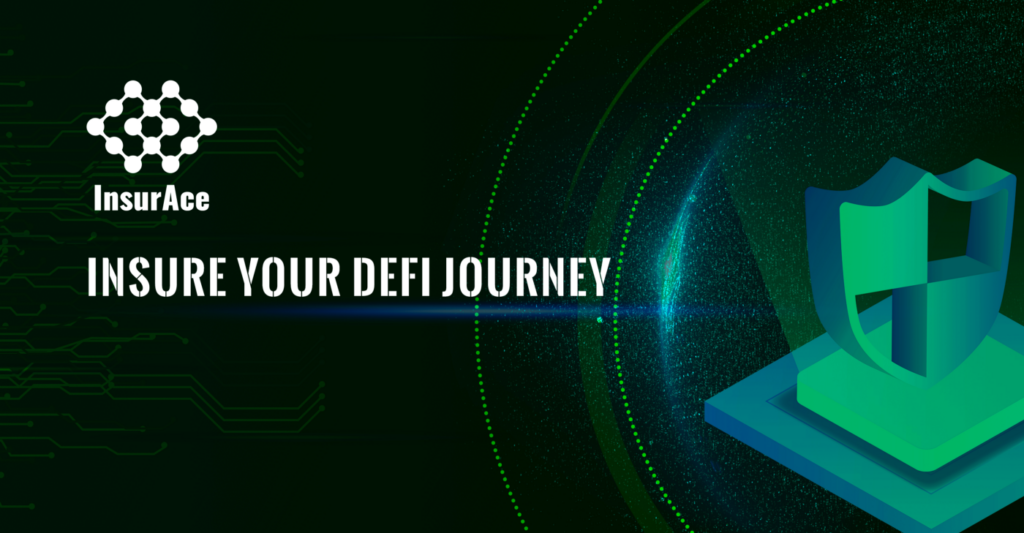The business model of the insurance industry, including insurance and reinsurance, is about taking risks, mutualizing risks, managing risks while remaining solvent, and profitable, in which capital model defines the capital required to cover the risks associated with such purposes.
The capital model adopted by InsurAce is referred to the EIOPA’s Solvency II, which is the prudential regime for insurance and reinsurance undertakings in the EU. It sets out requirements applicable to insurance and reinsurance companies with the aim to ensure the adequate protection of policyholders and beneficiaries.
At the core of the new regulatory framework Solvency II is an economic risk-based approach, which should enable the assessment of the “overall solvency” of insurance and reinsurance undertakings through quantitative and qualitative measures. Under Solvency II, the solvency requirements for the undertakings are determined on the basis of their risk profiles and on the way in which such risks are managed, therefore providing the right incentives for sound risk management practices and securing enhanced transparency.
There are different tiers of capital requirements under Solvency II, among which the Solvency Capital Requirement (SCR) and Minimum Capital Requirement (MCR) are the two key criteria. The SCR is the capital required to ensure that the insurance company will be able to meet its obligations over the next 12 months with a probability of at least 99.5%, where MCR represents the threshold to correspond to an 85% probability of adequacy over a 12 months and is bounded between 25% and 45% of the SCR. For supervisory purposes, the SCR and MCR can be regarded as “soft” and “hard” floors respectively.

Mathematically, SCR is made up of:

The first item is actually the discounted best estimate of all future cash flows, namely, the expected claim losses and other expense minus future premiums receivable. In our case, the discounted best estimate (DBE) for a portfolio will be equal to

Then, the overall DBE can be formulated as follows, which is to cover the whole underwriting

where Corr(i,j) is correlations between each pair of Contracts.
The additional funds (AF) are reserved for the loss caused by “long tail” losses, which is calculated as follows,

where RF∈ (0, 1) is risk factor to scale the capital and CAi is the Cover Amounts for individual portfolio i.
To operate with high standards of security, InsurAce will adopt SCR as the primary capital requirement which is more rigorous than existing platforms. The Free Capital excessive to the SCR in the capital pool will be used for investment in the investment arm of InsurAce to generate return for our participants, and reduce the cover cost as a whole.
About InsurAce
InsurAce is a decentralized insurance protocol, aiming to provide reliable, robust and carefree DeFi insurance services to the DeFi users, with very low premium and sustainable investment returns. InsurAce’s highlights include “0” Premium, Enriched Product Line, SCR Mining and Sustainable Return. InsurAce’s mission is to redefine DeFi insurance and protect users from security risks with user-friendly product accessibility and capital efficiency.
Social Links
Telegram Community: https://t.me/insurace_protocol
Telegram Announcement: https://t.me/InsurAce_Channel
Twitter: https://twitter.com/insur_ace
Discord: https://discord.gg/vCZMjuH69F
Medium: https://medium.com/insurace
Website: https://www.insurace.io/


